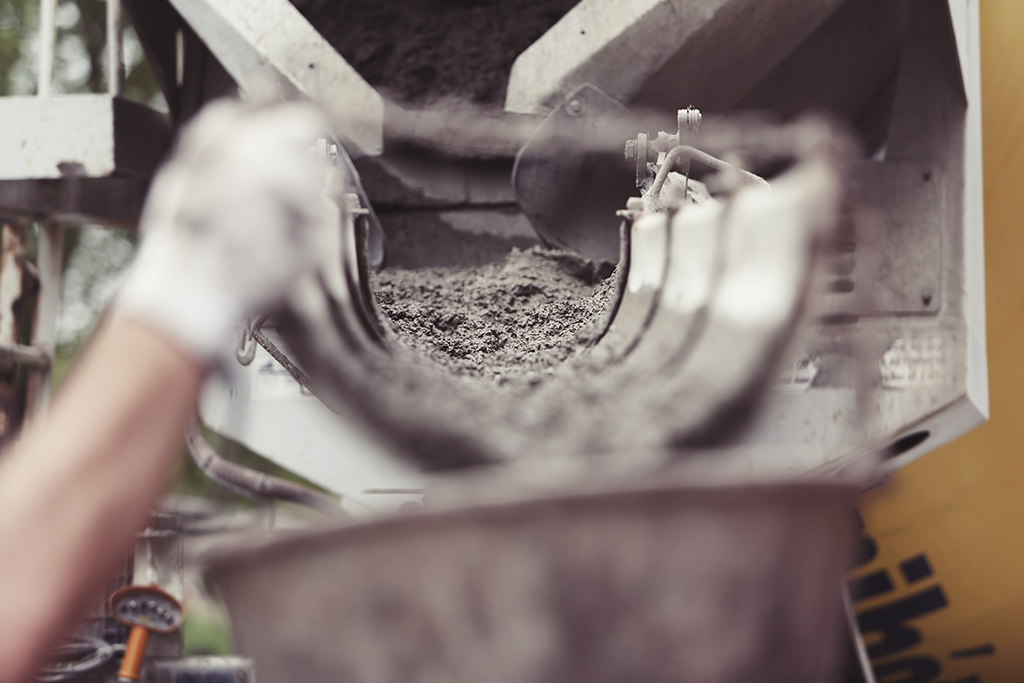Efficient Material Design, Low-Carbon Concrete are Critical to Cutting GHG Emissions in Construction

Efficient material design and the use of low-carbon concrete are crucial to efforts to reduce greenhouse gas emissions (GHG) during the construction process, according to a report from C40 Cities, Arup, and the University of Leeds.
Eliminating material waste at the design stage could lead to an 18% reduction of GHG emissions between 2017 and 2050, the report says. The production of cement requires extreme heat and releases a great deal of CO2. The report says that using low-carbon alternatives to traditional cement could cut GHG emissions by 6% between 2017 and 2050.
Reusing building materials and components such as structural steel could achieve a 3% GHG reduction by 2050. Making better use of buildings can also make a dent in GHG emissions.
“Buildings are [underutilized] and often discarded before they have reached the end of their useful life,” the report says. Implementing strategic use of existing space and infrastructure can lead to an 11% GHG emission reduction by 2050, and a 10%-20% reduction in demand for new buildings.
Another GHG-reduction strategy is to switch high-emission materials to sustainable timber. That could reduce emissions by 6% by 2050.
Wait! Don’t miss out on the latest insights
Sign up for Saschse Construction’s
e-newsletter below!
Featured Topics
CONSTRUCTION
INDUSTRY NEWS

